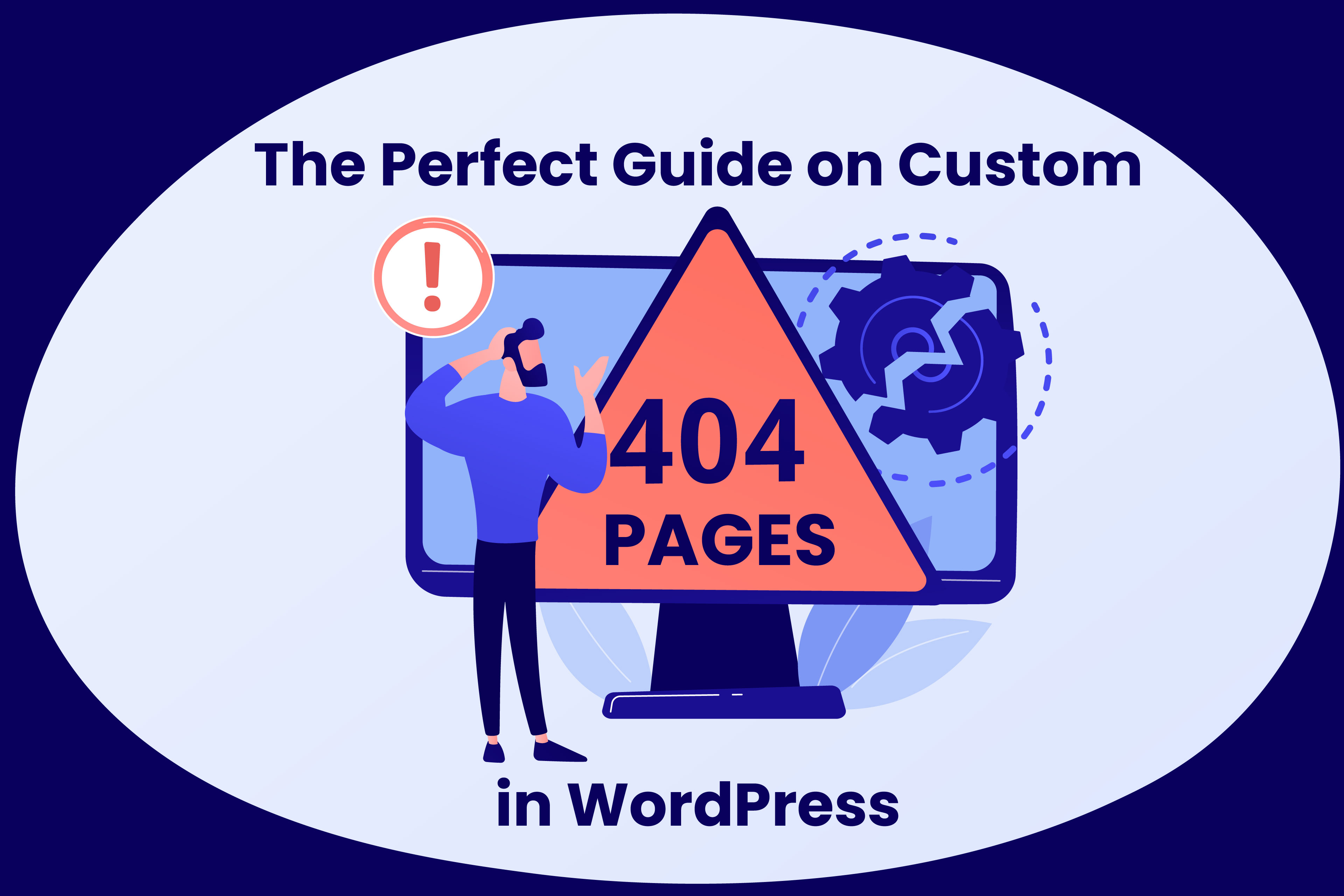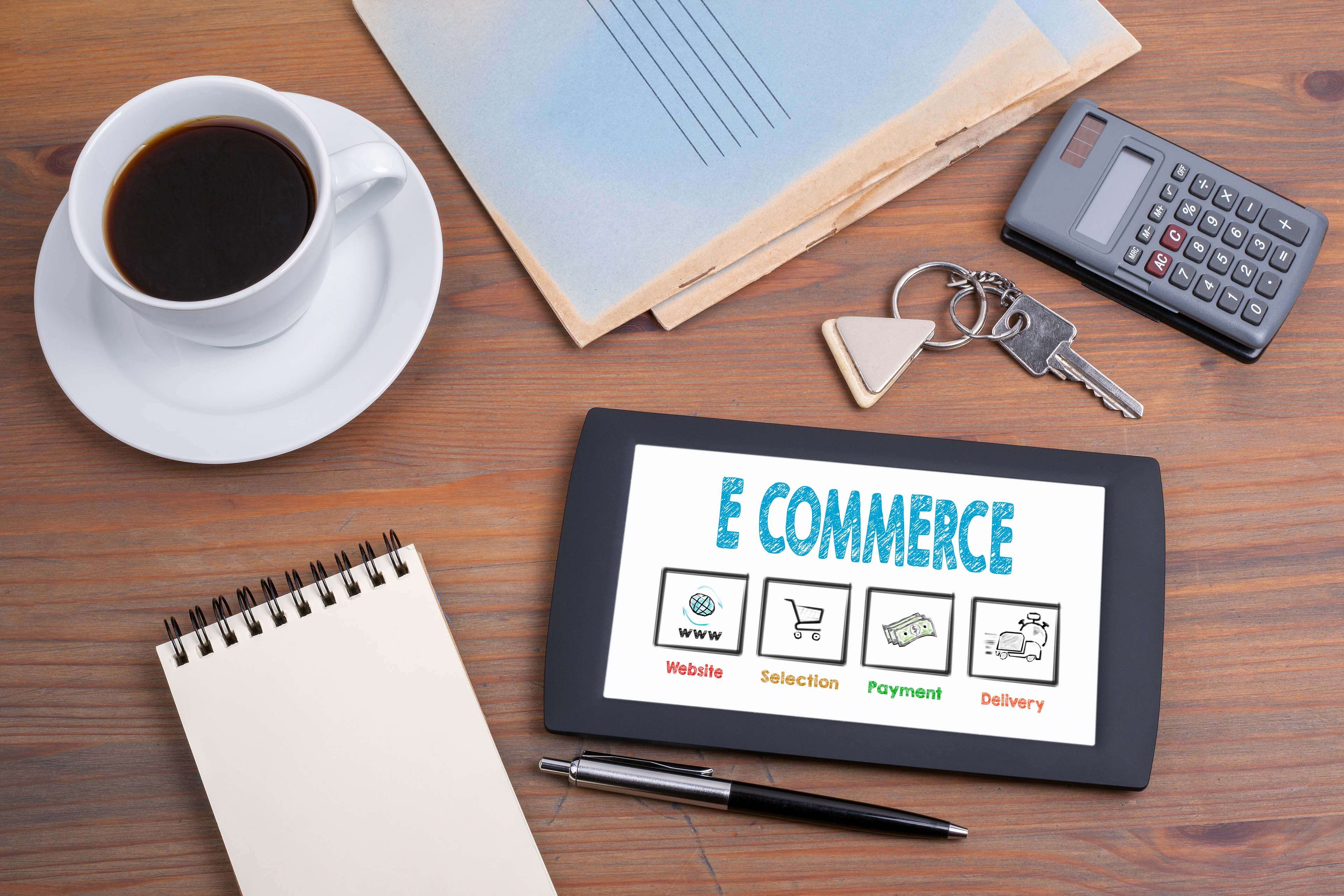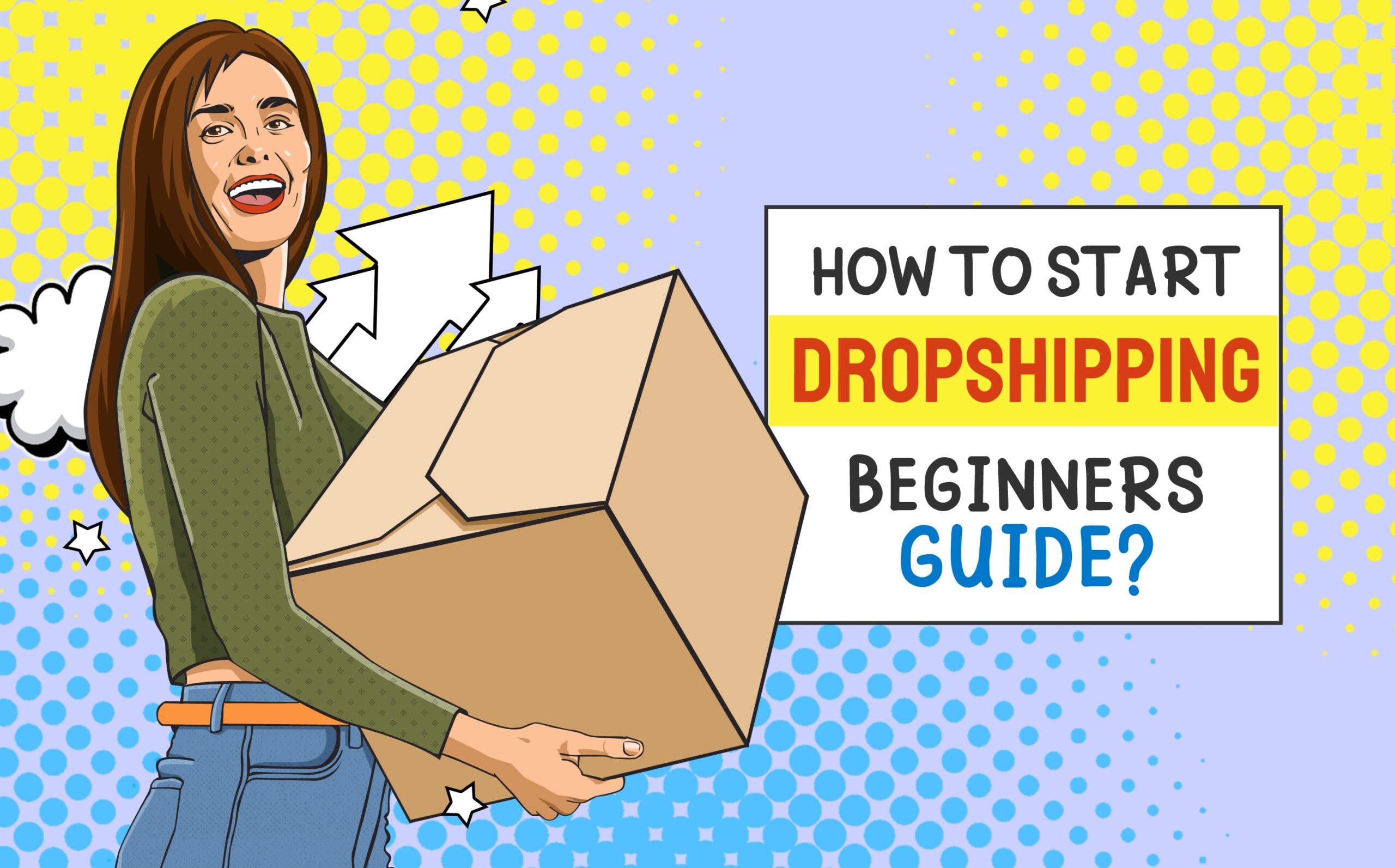If you have ever been interested in starting your online business, you might have already heard of the word ‘dropshipping’ often thrown around. However, what does it mean? What is involved? Why do you hear about it more each year? Most essentially, how can it help you grow your online business?
This beginner’s guide will answer all those questions for you.
What is Dropshipping, by the way?
In its simplest terms, dropshipping is the process of shipping products directly to your customers from a third-party vendor or supplier, without any intermediary step, such as storing the goods at a physical business location.
After you get an order, your supplier will deliver the items from their warehouse to your customer. You don’t need to think about packaging, storing, or delivering. You can use websites such as AliExpress to find such products.
The supplier will have their products listed. The more sell means it will become a lot cheaper for you. You then set a markup on that figure to identify the selling price for your products. You make an earning on what you sell after taking out product cost and advertising cost.
When a dropshipper is involved, the process looks a bit different:
- A customer orders products from your business
- You then pass the order details to your dropshipper
- The dropshipper charges you a fee for the product sold on the order’s receipt, normally wholesale, and a dropshipping cost. They then package the items and ship them straight to your customer. You don’t need to pack or store the goods on your own.
In short, dropshipping is the act of selling goods on your website without handling fulfillment and shipping. One crucial advantage of this is you don’t need to pay for the goods until the customer pays for them, which makes dropshipping a great option for people who don’t like to spend more on initial inventory or don’t want to risk buying products that won’t sell.
That low barrier to entry enables beginners and professionals alike to choose a niche and run their dropshipping-based eCommerce store.
Does that suggest the dropshipping model is the ideal fit for you? Well, the answer will differ based on your goals and where your skills lie. To begin, let’s consider the pros and cons of dropshipping.
The Pros and Cons of Dropshipping
Dropshipping is excellent, but what makes it so great? Here are the benefits of using the model:
- Low cost of inventory
The cost of inventory is a high cost you will have if you have a warehouse facility. You may end up with an obsolete one or with too little inventory. Dropshipping enables you to prevent those concerns and concentrate on growing your customer base and creating your brand.
- Sell and test more goods with less risk
Dropshipping also lets you update your inventory cheaply, easily, and quickly without the limitations of a physical inventory and the costs associated with it. Further, it lets you test new items without the risk of bringing obsolete inventory. Thus, you only pay for what you sell.
- Low startup costs
It needs a huge amount of capital to stock a warehouse. You can remove the risk of going into debt to begin your business through dropshipping. Rather than buying an extensive inventory and wishing it sells, you can begin a dropshipping business with zero inventory and start making money right away.
Just like everything in life, there are also drawbacks to dropshipping. These includes:
- Less profit
The hidden “cost” of dropshipping is the lack of bulk pricing. You tend to pay more for every item you sell than paying less for a huge inventory of items, which results in less profit.
- Depending on other people’s stock
The ability to provide new goods right away or stop selling slow-moving goods is a huge advantage of dropshipping. However, the drawback to that is you don’t have control over your supplier’s inventory. When they run out of stock, you also run out of stock. That will lead to longer lead teams and lost clients.
- Less control over lead times and order fulfillment
You’ll pay for dissatisfied customers even though you don’t carry the cost of warehousing stock. The wholesalers and manufacturers you do business with are accountable for handling and shipping your stock.
Once the screw-up, the customer complains to you or purchases from your competitor. Make sure you work with high-quality partners if you start your dropshipping business.
How Do You Start a Dropshipping Business?
Here are the steps you need to take if you want to start your dropshipping business.
- Choose a dropshipping niche
A niche is a segment of a market. For instance, Bluetooth speakers are a great niche in the home audio market. If you want to target the outdoors, waterproof Bluetooth speakers are good sub-niche. The more specific your niche is, the better.
- Find a dropshipping supplier
Finding a trustworthy and dependable supplier is the most challenging part of starting a dropshipping business for most aspiring online business owners. You depend on suppliers to keep your product in stock, sustain product quality, and guarantee that orders are shipped promptly to your customers.
As a dropshipper, your supplier is your crucial business partner. Remember that a good dropship supplier should be a dropshipper, have the experience, not charge massive order fees, offer fast shipping, have excellent products, present referrals on request, and have a return policy.
- Get a tax ID
If you are setting up your business in New Zealand, you most likely need a tax ID. It is standard for businesses to pass that expense on to consumers by adding it to the retail price. Applying for one is simple and cheap. You can do it by visiting your clerk’s office or online.
To get a tax ID, you may need a business entity, a sole proprietor, or a company. It’s crucial to collect the exact sales tax amount, but not all eBay sellers require a tax ID. Other wholesale suppliers need you to have one before they’ll do business with you.
- Select a selling platform
So, you have picked a product and have lined up a supplier. At this point, you need a place to start selling and earning money. Picking the perfect selling platform or online marketplace is essential to your business’s success. However, which platform is suitable for you?
Choose between selling on a known platform or starting your independent online store. The good thing about selling on online marketplaces is it’s simple to set up an account and start selling. They also have attracted massive amounts of traffic, and consumers trust such platforms. However, you’ll be charged fees for each sale, not to mention the competition is extremely fierce.
Some of the common online marketplaces for dropshipping are Amazon, eBay, and Etsy.
Meanwhile, many drop shippers take the route of starting their online stores. It needs more investment upfront, but that’s the long-term option for making money and establishing a business online.
You have total control over layout, design, and branding. There are also no higher profit margins or fees. Nonetheless, it costs a lot to set up and design your store. You also miss out on the guaranteed traffic from established platforms.
Whatever your decision, consider the pros and cons of each.
- Implement a customer acquisition strategy
For the last and final step, you must attract customers to your page or store. That’s where a customer acquisition strategy comes to the rescue. A few options you can consider are the following:
- Google Ads – If you have an online store, you like it to rank on Google’s first page. You can accomplish that organically, or you can buy ads for your store to show the keywords you wish to rank for on the top page.
- Facebook Ads – Facebook is the world’s biggest social media app. It’s an excellent place to market your goods as you tap into a massive audience.
- Blog – It involves finding forums or blogs connected to your niche or product. Actively participate in the discussions. Position yourself as an authority in your niche and add a link to your website. That can help boost traffic and get new customers.
Frequently Asked Questions on Dropshipping
Q: How much does it cost to begin a dropshipping business?
There’s no exact answer to that question—nonetheless, a rough estimate of between NZ$100 to NZ$1,000.
Q: How much can you make in dropshipping?
Everyone’s experience and skills are unique. If you’re a novice, there’s no reason why you could not make an extra NZ$1,000 to NZ$2,000 per month. However, there is also no reason why you could not make six to seven figures.
Still, it depends on your marketing, product selection, supplier, and how much money and time you’ve invested into growing your business.
Final Thoughts
By now, you must be well on your way to starting an online dropshipping business from scratch. Take note that the work is far from over. Now you have to efficiently run your business. But don’t worry. As long as you follow the steps above, you will have a successful dropshipping business for many years to come.
If you need further help with this topic, you can contact Web Digital. Web Digital is a well-established web design agency in Auckland, and we can help you with your website design needs.
We wish you the best of luck!







